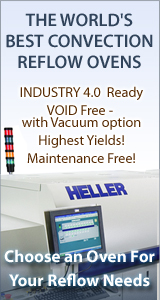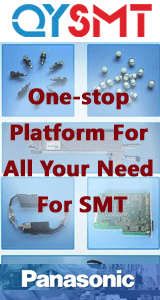I have been researching lead-free paste for a while now and I will share with you what I can.
Firstly, SnAgCu seems to be the common industry choice. It really depends on your application - the cell phone/pda sector is primarly using different combinations of SnAgCu. Selecting your composition is the difficult part - there are so many patents out there that you have to be very careful what you use. My advice: choose 3 or 4 well known suppliers and see what they are recommending. The most economical way to buy lead-free paste is to find a company that has "off the shelf" products (mass produced) rather than getting a custom formulation.
Most alloys in the SnAgCu family melt around 217 degrees. (typical Sn63/Pb37 is 183) You need to do some research first. Find out what the capacity of your oven is. You will be looking at increased energy costs with the increased reflow temperature. Your peak temperature will be hovering around 260 + degrees with lead free pastes. Most newer ovens are capable of reaching such temperatures, but older ovens are not. Next, you will need to find out the specs. of your componenets. Many components are heat sensitive and will not tolerate the increased heat. Even though they may look alright on the surface, the internal circutry may be damaged.
As far as cost for the paste. You will find that you are paying more per jar, but due to the paste density difference, you will acutally be using a smaller amount of paste/joint. As far as the cost of the paste goes, it should be about the same as what you are paying now even though the cost of the jar is more.
There is some contriversity about the use of Nitrogen. Nitrogen is highly recommended to improve joint strength and appearance. But some companies have had success reflowing lead-free paste in air. If you are already using Nitrogen, then this is not an issue. If you are not using Nitrogen, it is a cost consideration. If you do not want the added cost of Nitrogen, talk to your paste suppliers and see what they recommend.
The alloy SnAgCuBi has also been recommended, but there are good points and bad points to this alloy. The Bismuth lowers the melting temperature about 5 degrees, and it has been shown to provide excellent joint strength and fatigue properties. The lower temperature can also eradicate fillet lifting. The problem with Bismuth is that it is completely incompatable with Pb. If there is any lead on the component terminations, pcb, etc., the quality of the joint is very weak and unreliable. The component industry isn't as far ahead with regards to lead-free products as the pcb and paste industry. Chances are that you will have to purchase some componenets that have Pb in the component terminations. Also, SnAgCuBi is hard to manufacture in a wire form.
There is alot of information out there about lead-free. Some good sites to visit are: www.leadfree.org (ipc website) http://www.nemi.org/PbFreePUBLIC/index.html (nemi website) www.pbfree.com
Also visit the webpages of different paste manufacturers (aim, alpha, loctite, indium, kester, etc.) and oven manufacturers (conceptronics, vitronics, heller, etc.)
Hope this helps! N
reply »
![]() Hi,
I am looking into lead free process. Do anybody has e...
- Jun 21, 2001
by
Hi,
I am looking into lead free process. Do anybody has e...
- Jun 21, 2001
by
![]() Hi,
I am looking into lead free process. Do anybody has e...
- Jun 21, 2001
by
Hi,
I am looking into lead free process. Do anybody has e...
- Jun 21, 2001
by
![]()
![]() The data for this is overwhelming. My best advice would be t...
- Jun 21, 2001
by
CAL
The data for this is overwhelming. My best advice would be t...
- Jun 21, 2001
by
CAL
![]()
![]()
![]() I used to assembly 0402 devices on to a double sided PCBA us...
- Jun 21, 2001
by
Steve Brown
I used to assembly 0402 devices on to a double sided PCBA us...
- Jun 21, 2001
by
Steve Brown
![]()
![]()
![]() I second that juicy bit from brownsj,
Sn96/Ag4 process is w...
- Jun 26, 2001
by
ianchan
I second that juicy bit from brownsj,
Sn96/Ag4 process is w...
- Jun 26, 2001
by
ianchan
![]()
![]()
![]() I have been researching lead-free paste for a while now and ...
- Jul 06, 2001
by
monkey
I have been researching lead-free paste for a while now and ...
- Jul 06, 2001
by
monkey
![]()






